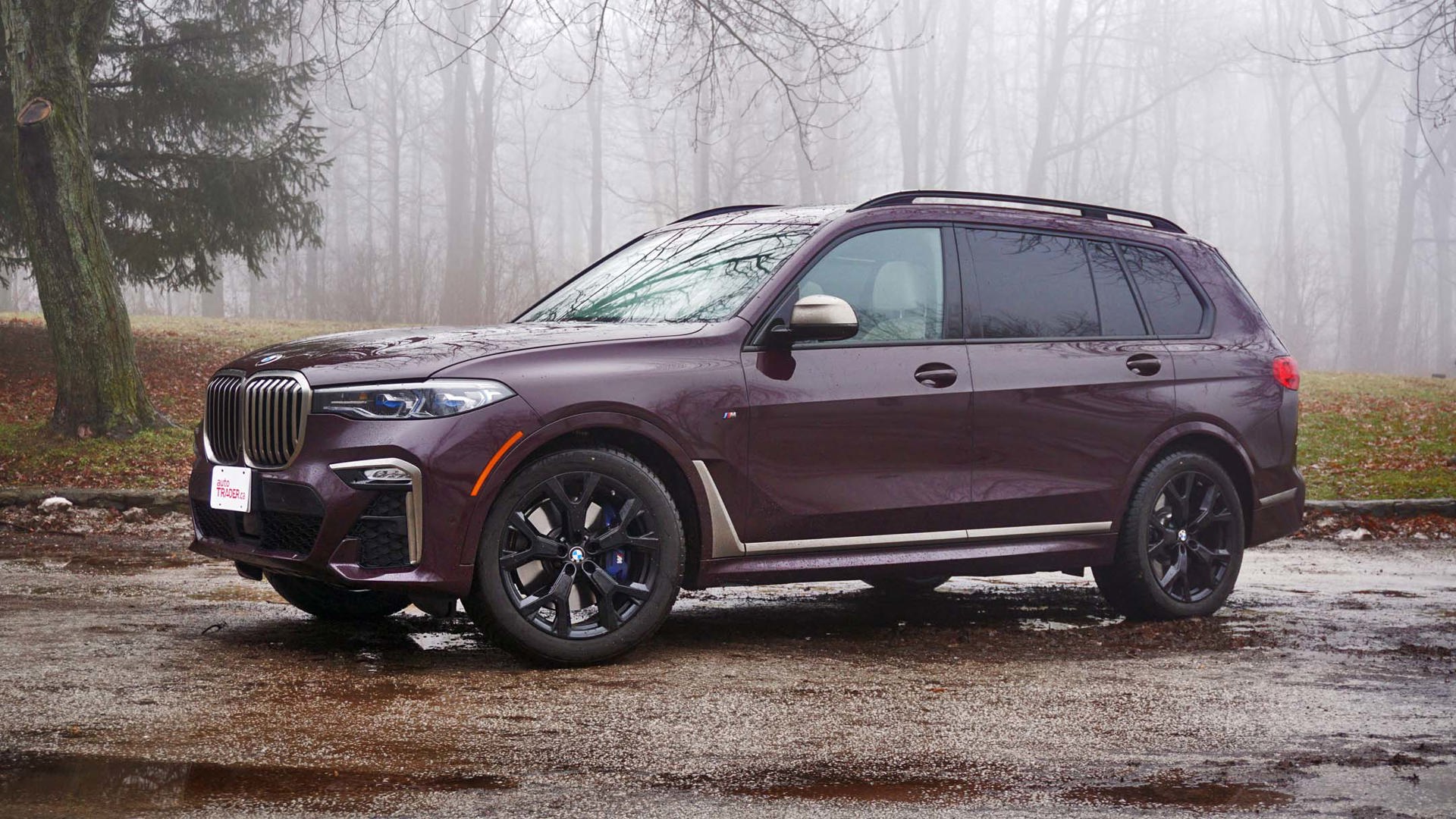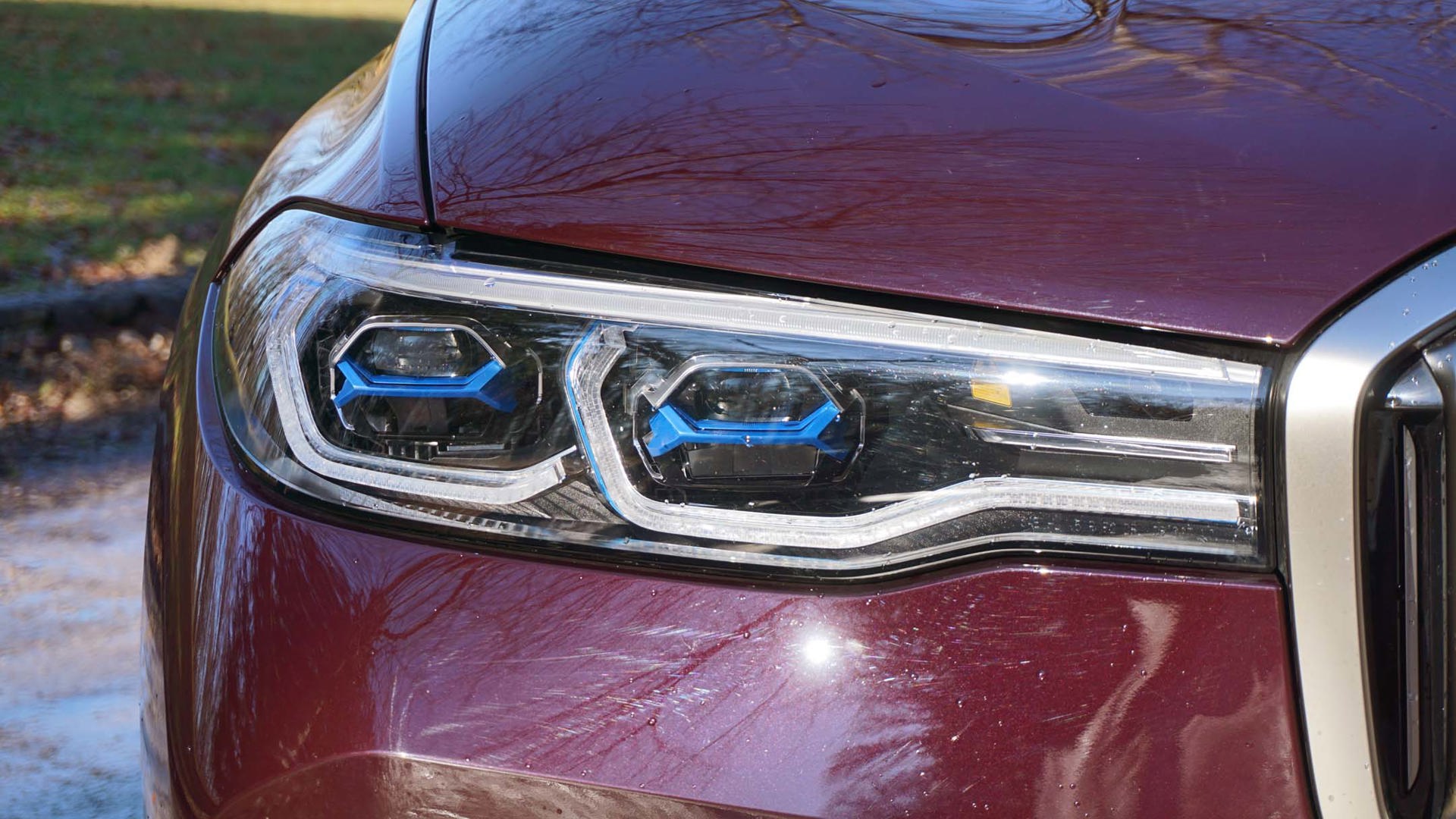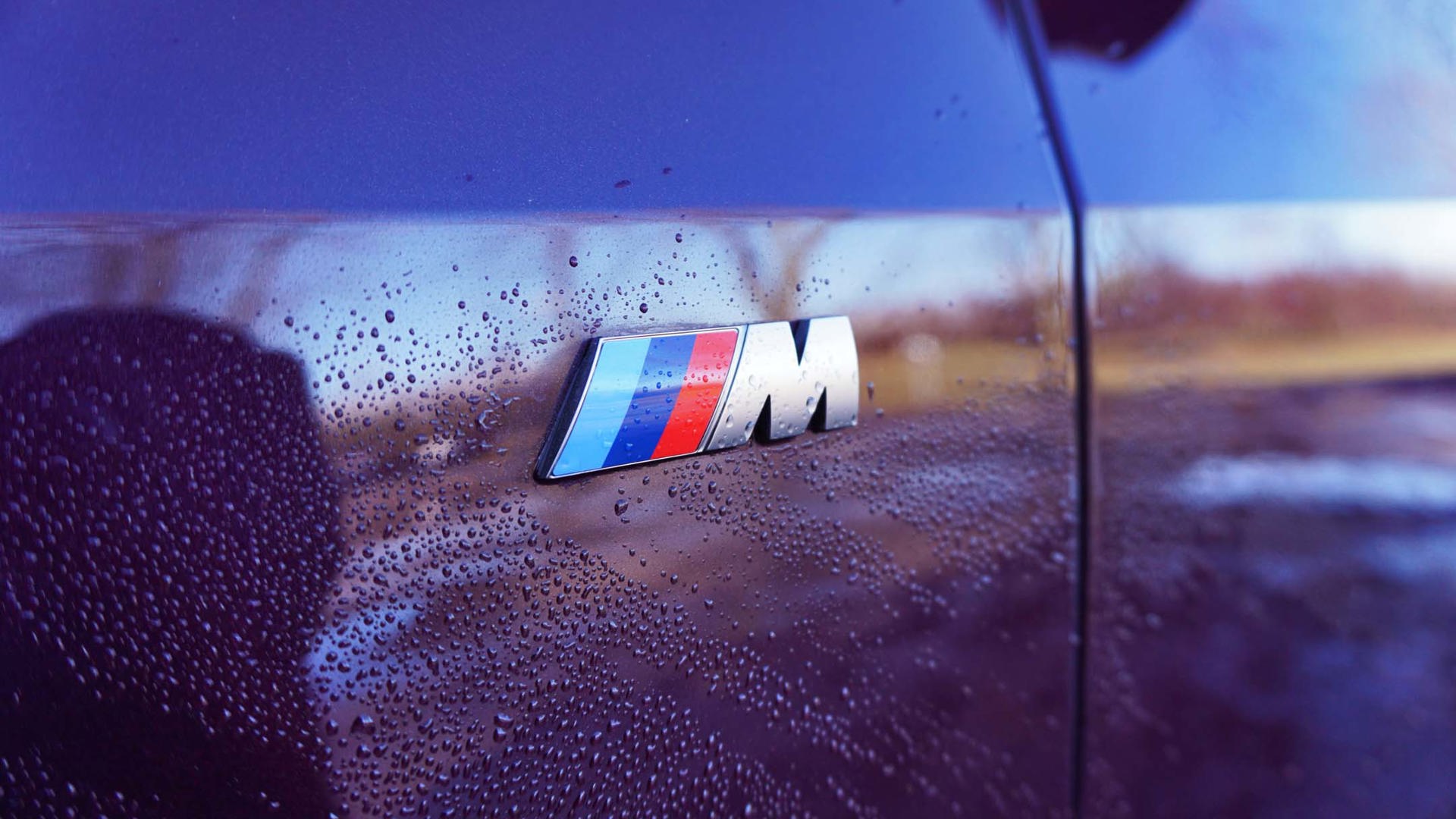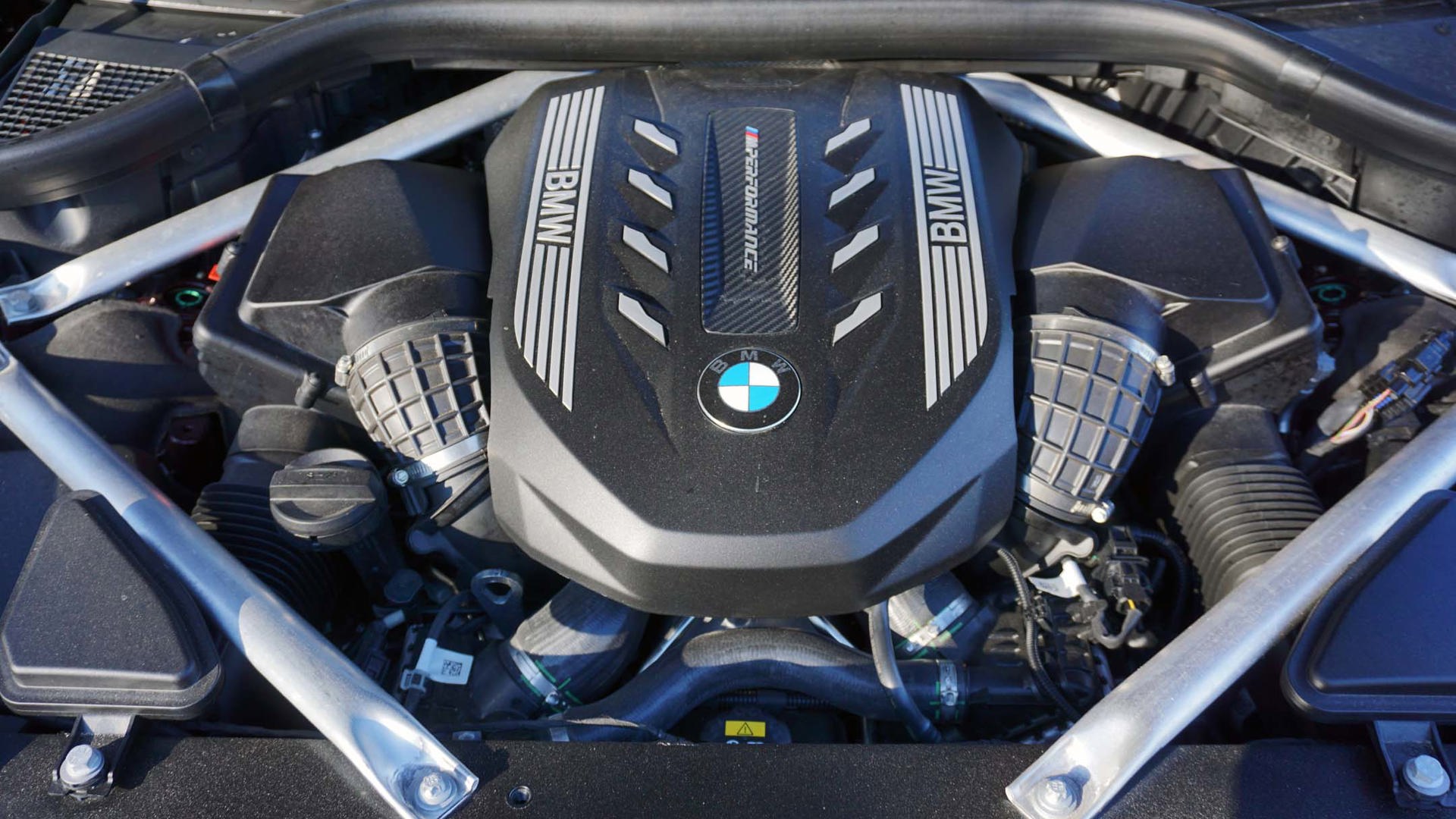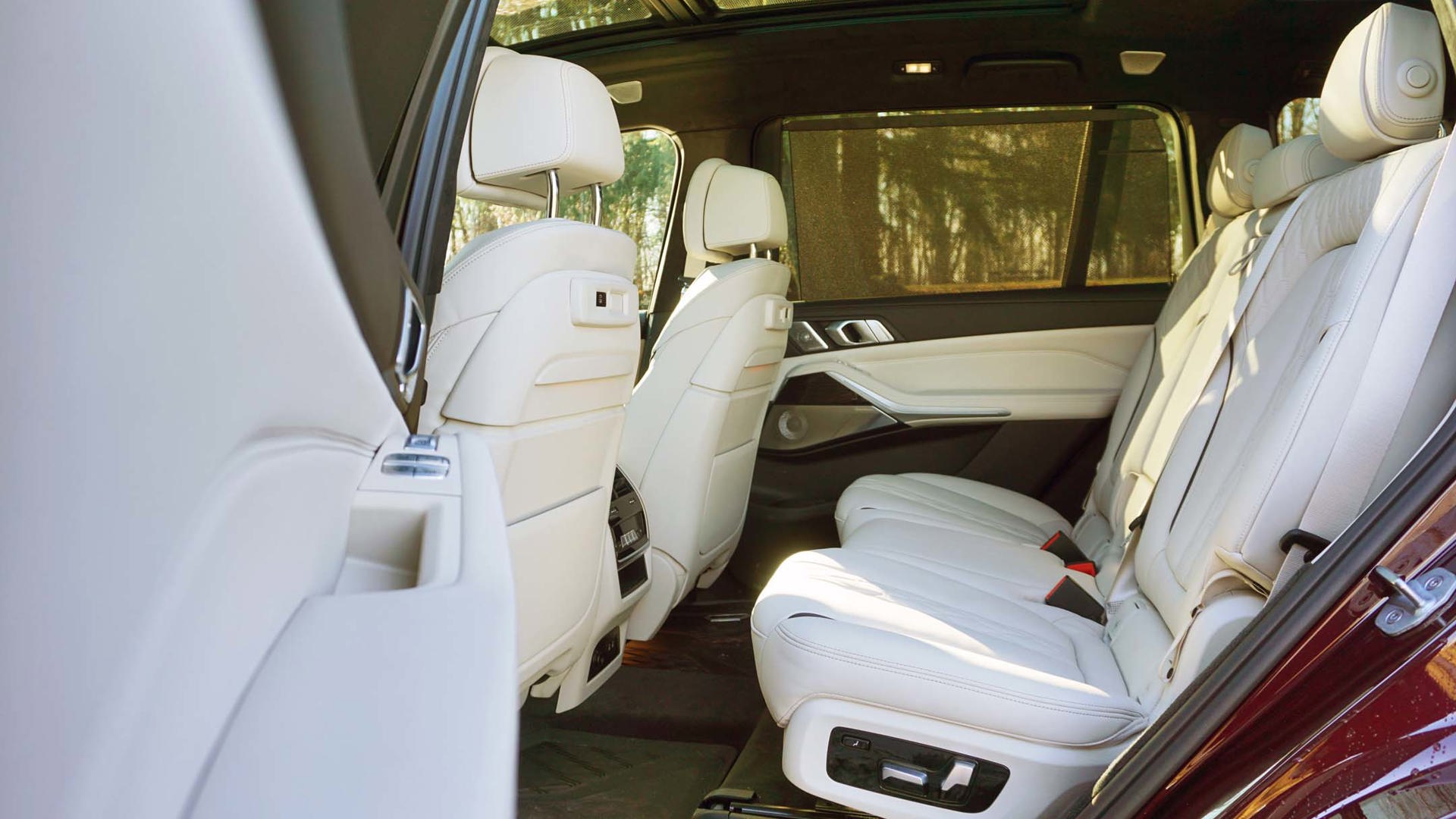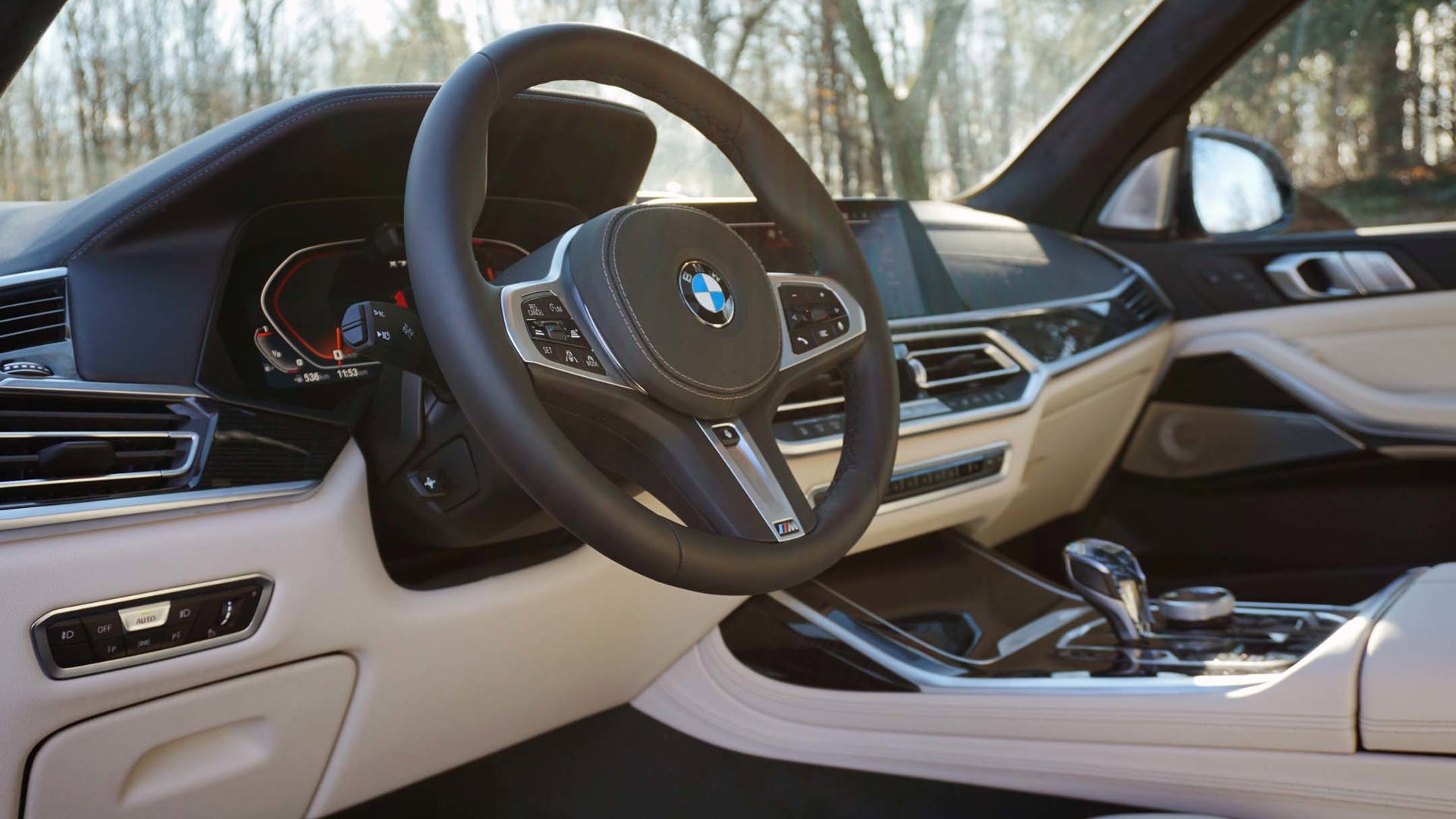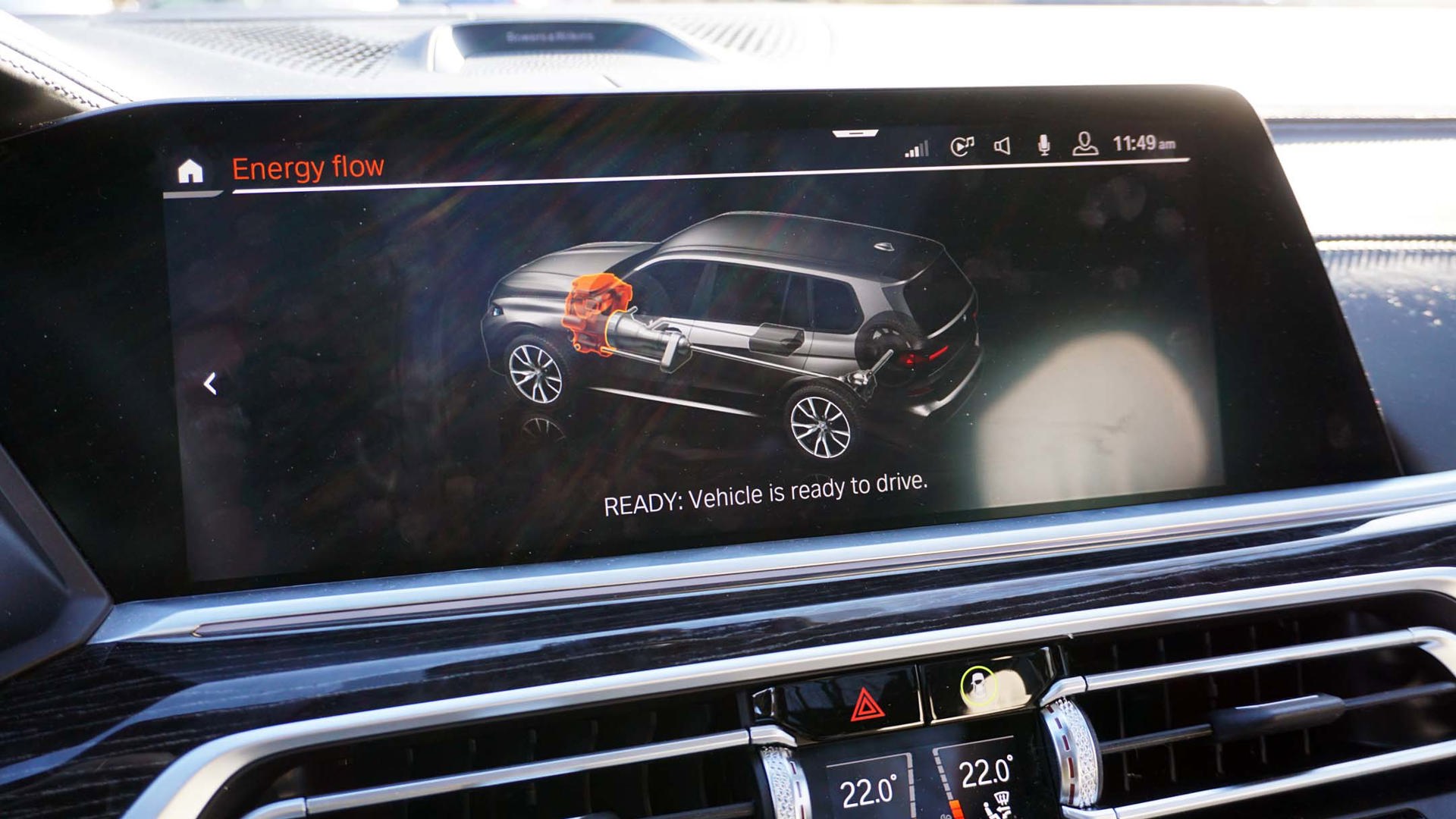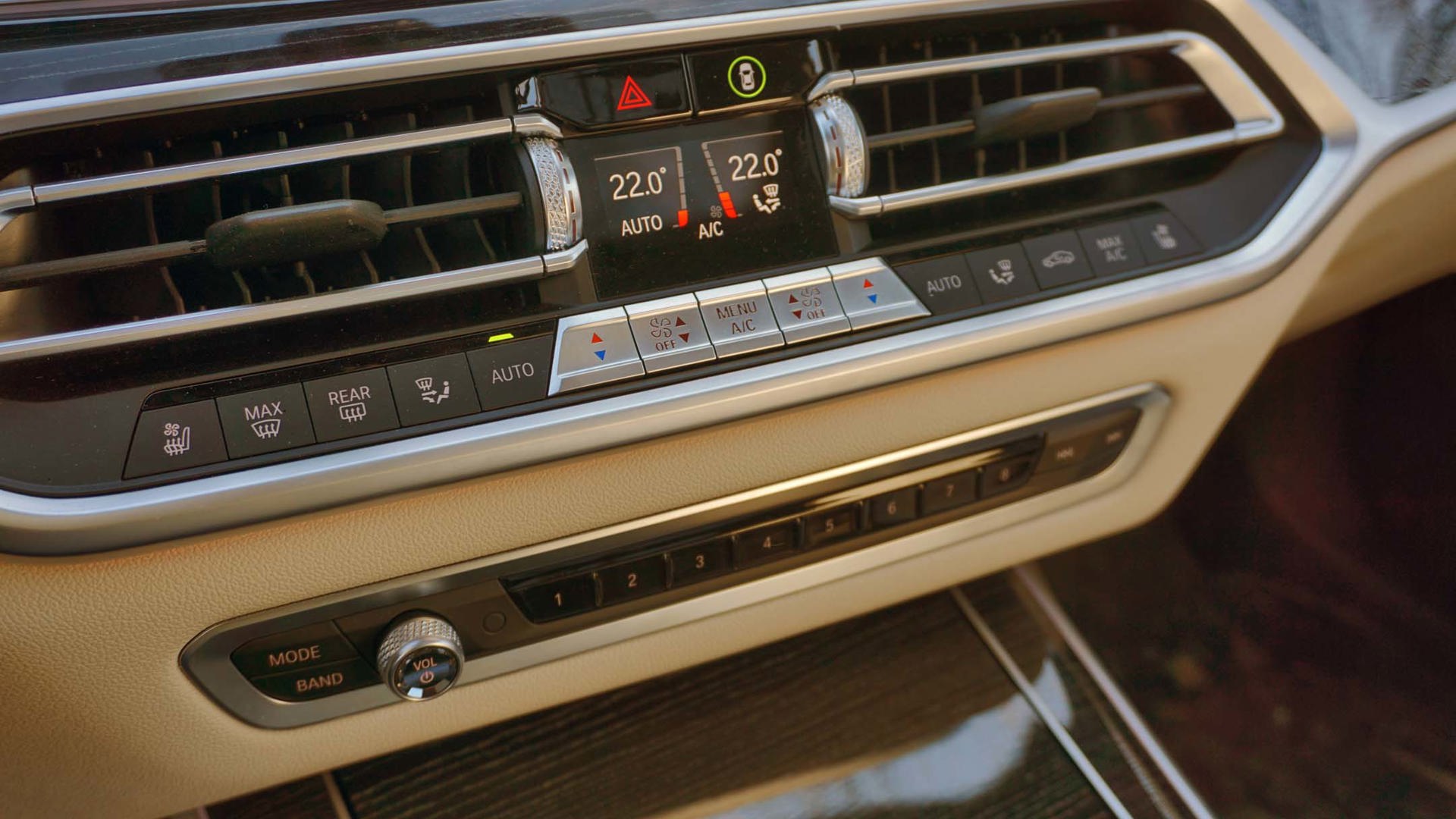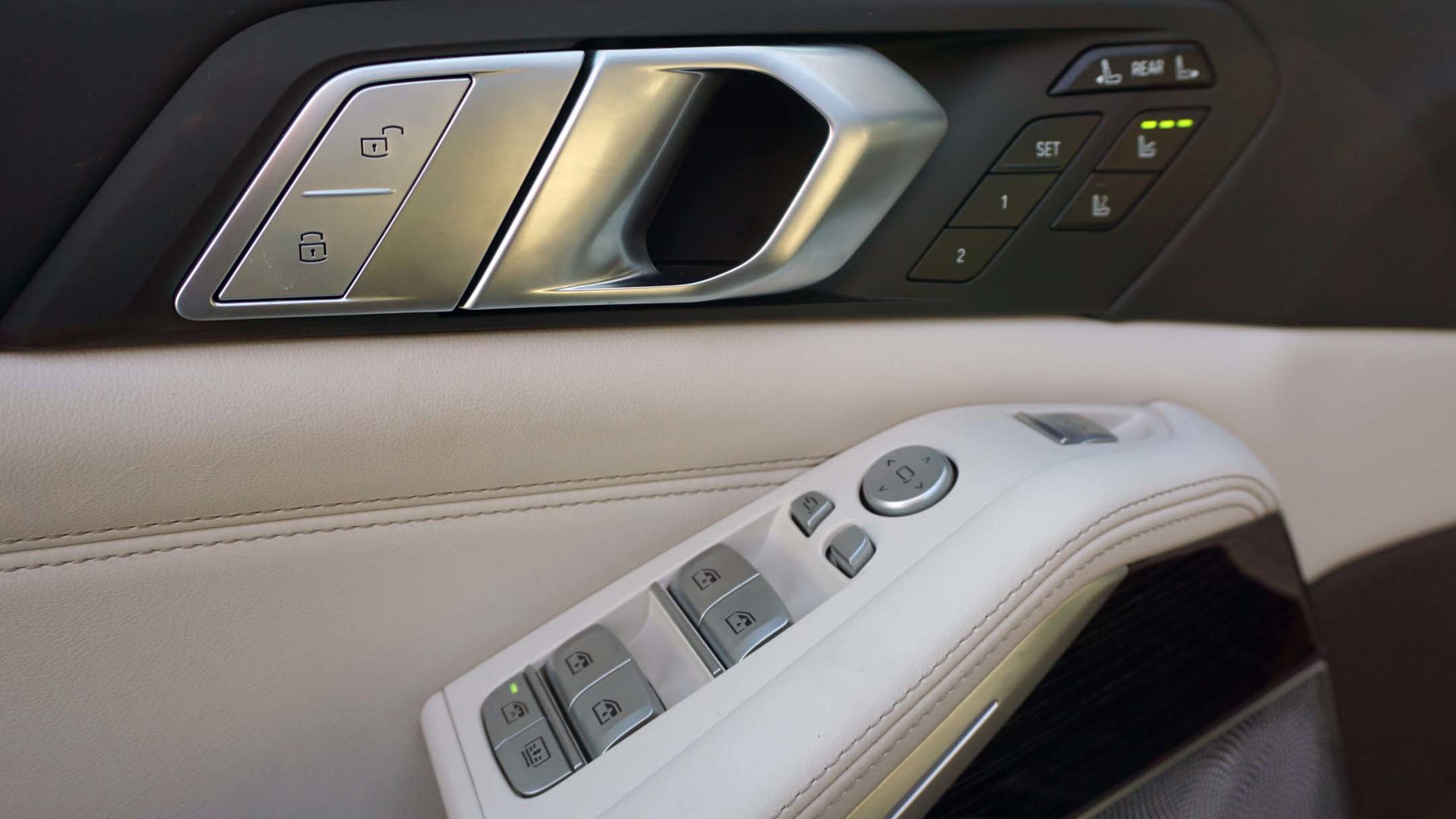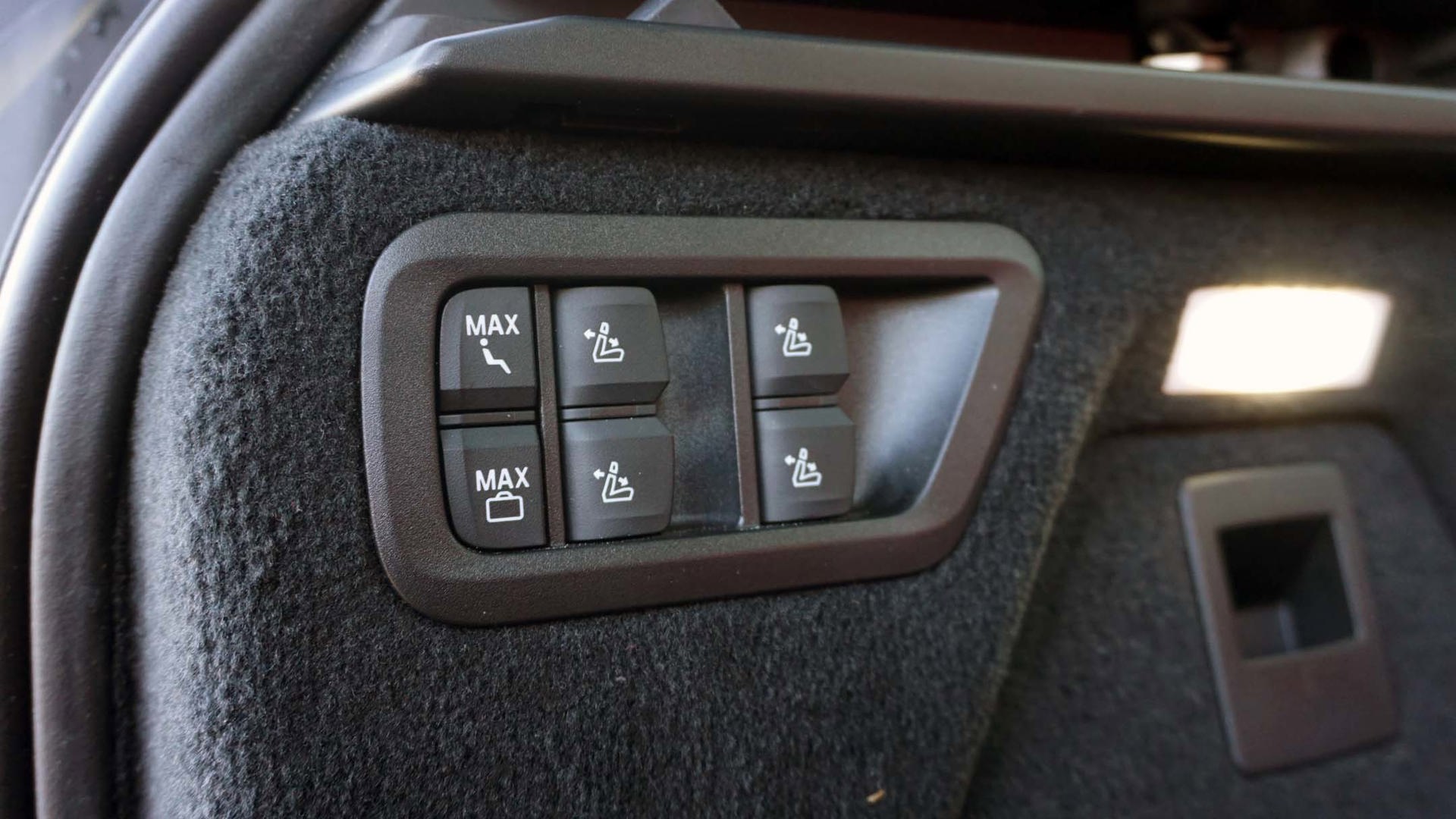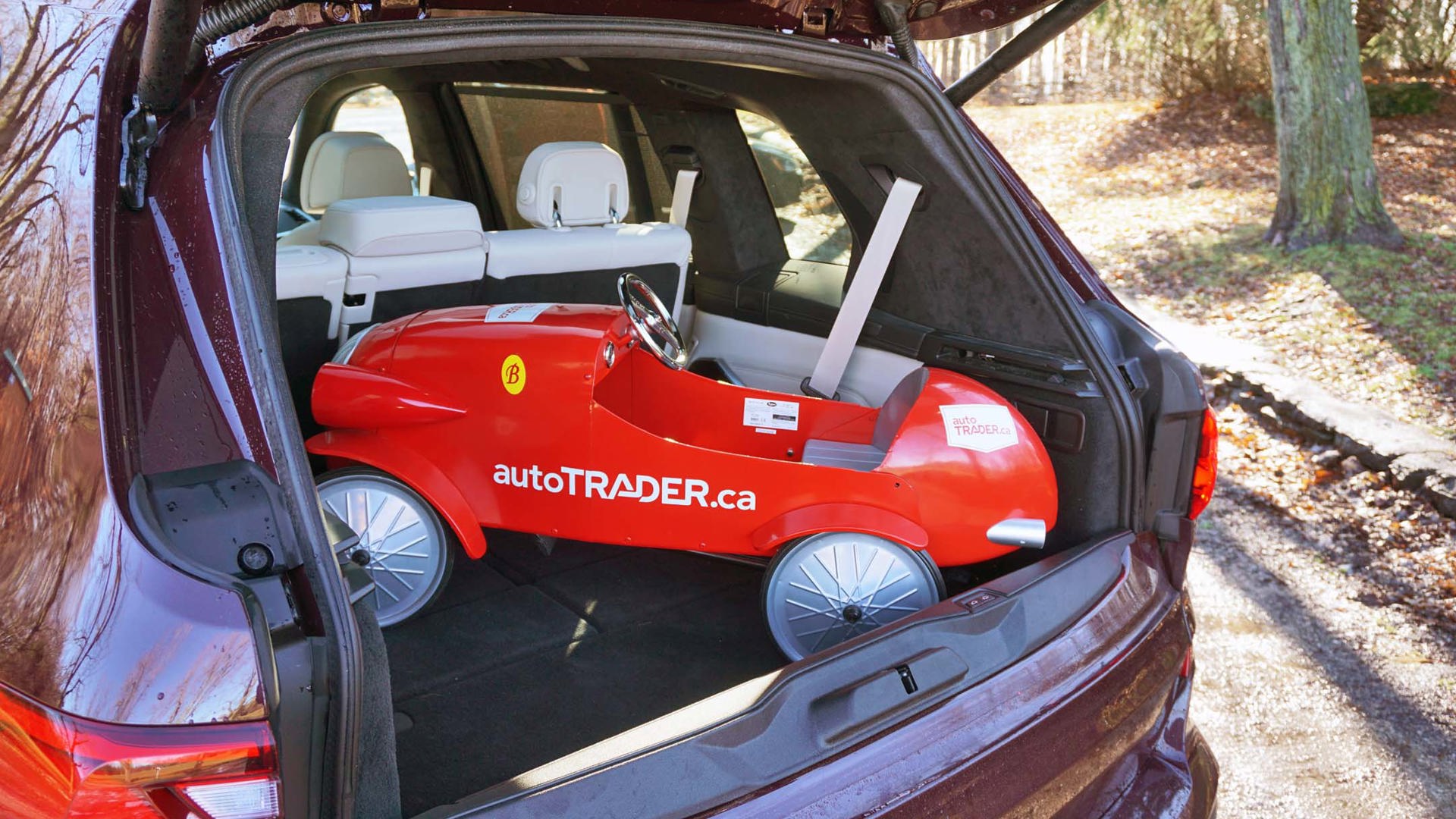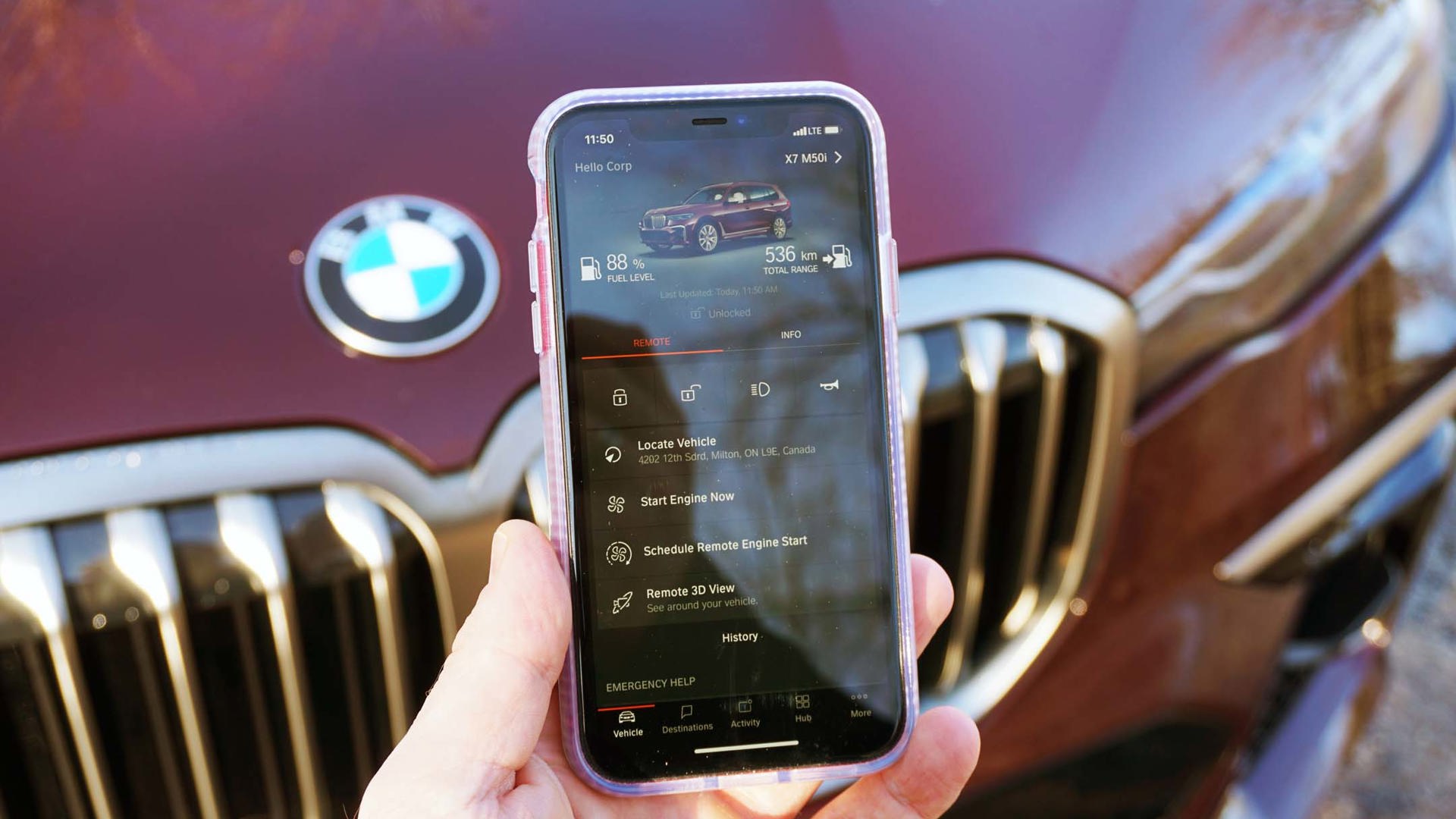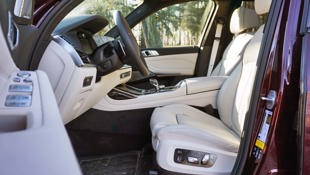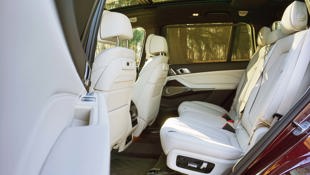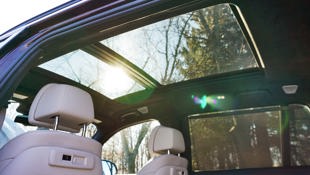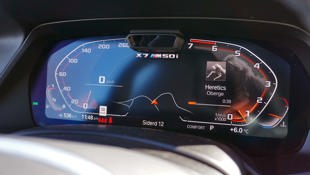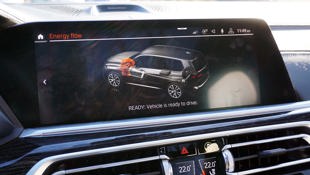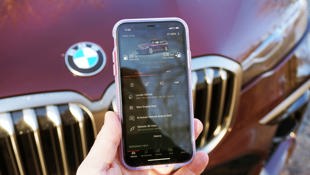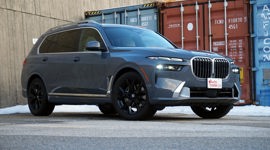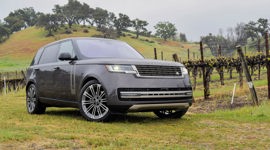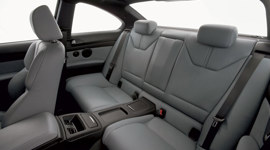 AutoTrader SCORE
AutoTrader SCORE
-
STYLING8/10
-
Safety9/10
-
PRACTICALITY9/10
-
USER-FRIENDLINESS8/10
-
FEATURES9/10
-
POWER9/10
-
COMFORT9/10
-
DRIVING FEEL8/10
-
FUEL ECONOMY6/10
-
VALUE8/10
My review of the 2020 BMW X7 M50i was going to start with a joke about the oversized-grille BMW slapped on its first-ever three-row SUV – maybe something about it being beleaguered by a botched nose job.
Low-hanging fruit? Maybe so, but that’s how bad the high-gloss schnoz on the biggest BMW is, the excessive and shiny plastic accentuating its size in all the wrong ways. It’s been on the receiving end of plenty of criticism since the X7 was introduced, and rightfully so. Subjective though styling may be, there are some issues on which we can all agree – even us automotive media types.
As soon as I picked up this all-new M50i model, however, I realized it’s really not that bad. While still appearing like it was awkwardly grafted to the front of the sizeable three-row, the grille manages to work well on this pitstop on the path to a full-fledged M version of the X7. Still not convinced? You should see it from the driver’s seat.
Styling: 8/10
Okay, you can’t actually see the grille from the driver’s seat, but that’s sort of the point. The X7 is an otherwise attractive vehicle – though it’s still a BMW, so the styling is rather understated – and it might very well be worth the compromise. Compared with something like the Mercedes-Benz GLS-Class, which I’ve always considered somewhat disproportionate and almost ungainly, the X7 shows its size well.
If you’re still not sold on the grille, this M50i version might be right for you if only for the exterior accents. Rather than the glossy finish found elsewhere in the lineup, this model makes do with a brushed metal look on the grille, mirror caps, and a few other areas that appears almost bronze in execution. Beyond being stylish, the finish helps to hide the size of the grille, adding a touch of subtlety that’s absent elsewhere in the X7 lineup.
Pairing nicely with the brushed accents and M badges scattered around the exterior, the purple pigment of my tester proved itself a subtle way to turn heads. Beyond simply standing out in a sea of monotone people-movers, the colour grew on me for its combination of class and distinction. I’m not, however, a fan of the black painted alloys fitted to the example I tested, which cheapened the look a bit.
Angles inside match much of what’s going on outside, with a clean cabin design and a nice mix of materials. While the bright white upholstery and panels found in my tester wouldn’t be my first choice – I’d probably opt for a simpler and sportier black – it certainly adds to the air of sophistication. Ditto the available glass gear selector, which, while somewhat kitschy, is a classy ornament atop the centre console.
Features: 9/10
As one might expect from a six-figure SUV, there’s no shortage of standard and available features in the X7 M50i – though some of the latter really should be included in a vehicle of this price. Take ventilated seats, for example, a feature that can be had in a $27,000 Kia Forte; the X7 M50i costs more than four times that amount (it starts at $113,550 before freight and fees), yet the same such seats are only offered as part of the $8,000 Premium Package.
That package also comes with multi-function massage for front-seat occupants, an illuminated panoramic sunroof, a scent dispenser that leaves the cabin smelling like the fragrance counter at The Bay, heated and cooled cupholders up front, and that glass gear selector. Other optional features include the Dynamic Handling Package that uses electric motors to counter body roll and proactively absorb bumps in the road ($4,750), the Advanced Driving Assistant Package that includes adaptive cruise control with an automated lane-change function ($2,000), an overpriced audio system ($4,900), and the purple paint job ($1,000).
Standard fare includes wireless Apple CarPlay compatibility, an onboard Wi-Fi hotspot, a wireless phone charger, laser headlights, and a bunch of advanced safety features like blind spot monitoring, lane-departure warning, and forward collision warning with pedestrian detection – all good stuff to have along for the ride.
Because it’s one of BMW’s M lite offerings, the X7 M50i is also fitted with plenty of go-fast goodies that make it look, feel, and sound the part. A sport-tuned suspension of the adaptive air variety pairs nicely with a rear-biased all-wheel drive system, while M Sport brakes, rear differential, and exhaust provide some additional character and turn the X7 into a slightly menacing machine that’s still perfectly usable as an everyday SUV.
Power: 9/10
In addition to those M Sport goodies, the X7 M50i packs a serious punch in terms of engine output. Nestled under the hood is the same twin-turbocharged 4.4L V8 found in the X7 xDrive50i, but output has been dialled up to 523 and 553 lb-ft of torque.
BMW pioneered the approach of wedging the turbos between the cylinder banks for improved responsiveness and it’s incredibly effective here. All the engine’s torque comes alive at 1,800 rpm, helping this version of the X7 sprint to 100 km/h in 4.6 seconds – faster than a nearly 6,000 lb SUV should be able to.
Matched with the standard M Sport exhaust, the X7 M50i has a serious snarl when you get on the gas, alerting all those within earshot that this is no run-of-the-mill runabout. Cold starts are an aural thrill, with raspy feedback from the exhaust, while engaging the Sport Plus drive mode brings with it crackles and pops that are certain to wake the neighbours.
Fuel Economy: 6/10
The dialled-up engine output and performance don’t come without penalty, and the X7 M50i will set you back at the pumps. I logged almost 1,200 kilometres during my time with the big BMW, and my real-time combined fuel economy stood at a flat 15.0 L/100 km. For reference, Natural Resources Canada provides estimates of 15.5 / 11.4 / 13.6 L/100 km, city / highway / combined on premium fuel.
Driving Feel: 8/10
I’m not a fan of how chunky BMW’s steering wheels are, providing the feel of a fat putter grip; but the optional active steering makes it pretty direct and responsive. It’s basically just a variable steering ratio, providing lightness at low speeds and firming up as the needle climbs, and it does nothing to kill the artificial feel – but that’s to be expected in a vehicle like this. It’s an X7, after all, not a 2 Series.
It really rides and drives like the 7 Series, only one that you can haul the whole family around in or use to lug a new piece of furniture home. That means it was built to cruise the unrestricted stretches of highway found throughout Europe, not the ones that crisscross this country.
While this M50i model more than adequately scratches any itch for speed, it’s almost dangerously fast; a true Autobahn cruiser that makes it somewhat unsuitable for cruising across Canada. It’s the type of vehicle that makes licence-revoking speeds feel pedestrian, so prospective buyers be warned.
Safety: 9/10
There’s no shortage of modern safety tech in the X7, M50i or otherwise, and the aforementioned optional drive-assist suite elevate it even further. The adaptive cruise control function works as smoothly as you’d expect in a six-figure family hauler, and can bring the vehicle to a halt and resume forward progress in stop-and-go traffic without driver intervention.
There’s also an automated lane change function that will do the job of moving from one lane to the next with the driver simply touching and holding the signal stalk in the desired direction of travel, though it’s a feature that’s gimmicky and unnecessary. I mean, adaptive cruise control is one thing, but if you can’t change lanes on your own then maybe you shouldn’t be on the highway in the first place.
Besides, when activated, the function moves the vehicle into the adjacent line about as laterally as possible, giving it an unnatural feel compared to the more progressive manner in which most human drivers change lanes.
My tester was equipped with a head-up display system that, unlike so many half-baked versions that project drive-related information on flimsy plastic screens, puts data like speed and speed limit on the windshield and makes it look as though it’s floating above the end of the hood. Far from distracting, I’m a big fan of BMW’s execution here.
The brand’s nifty gesture control system is also along for the ride. I must admit that I found the feature a bit foolish when I first used it a few years ago, but I’ve really come to appreciate the benefits it brings in terms of safety. The system uses a camera mounted above the centre console and allows the driver or front seat passenger to adjust the audio volume, change songs or radio stations, and even accept phone calls by waving a hand in front of the infotainment screen.
On more than one occasion, I unintentionally triggered the system – what can I say; I’m a hand-talker – but by and large it worked flawlessly and allowed me to skip songs without fumbling for the right button on the steering wheel or centre stack.
User Friendliness: 8/10
For those feeling apprehensive about the concept of a little camera monitoring their hand movements, the gesture control system can be turned off, with plenty of other ways for you and your tinfoil hat to do all the things you’d normally do behind the wheel.
In an era of touch-capacitive controls for everything, BMW is steadfast in its commitment to buttons. Lots of buttons. But that doesn’t mean a deep dive into the infotainment system isn’t frustratingly necessary at times. Take those fancy massaging seats. While they can be controlled by simple buttons on the door panels, the type of massage can only be changed via the head unit. (Tough life, I know.)
To get there, one must navigate to the home screen, then the vehicle sub-menu, then vehicle settings, then seat comfort, then the seat you want to adjust, and then massage. Seems complicated, right? It’s a convoluted process that runs counter to the simplicity that the X7 employs elsewhere.
Practicality: 9/10
The array of buttons continues in the back – especially with the cargo compartment controls that are included in the Premium Package. Buttons located just inside the rear hatch opening allow both rows of rear seats to be moved around to accommodate more people or stuff without the need to crawl around inside. Better still, the vehicle’s air suspension can be lowered at the press of a button on the tailgate, a handy feature when loading bulky cargo.
That last bit is standard on the X7, graciously so given BMW’s choice to offer a split-opening tailgate on its SUVs. While the feature makes it easier to open the hatch in something like a single-car garage, it makes for an awkward liftover when sliding larger items in the back.
Like most three-row SUVs, cargo space is negligible with all seats upright. BMW Canada doesn’t even provide an official measure here, but it’s not hiding anything we don’t already know. Cruising around with the third row folded, which is likely to be the most common configuration, provides a generous 1,376 L of space, while folding the second row opens up 2,560 L of cargo-carrying capacity.
Comfort: 9/10
It took BMW a long time to build a three-row SUV, but it was worth the wait. The cabin is as luxurious as it is comfortable, and the Executive Package is worth the price of admission for the massaging seats alone. But even those relegated to the second row are treated to a tremendous amount of space, with plenty of room to stretch out.
With the standard air suspension underpinning the X7, it’s a smooth and serene ride just about everywhere you choose to roam – though it’s not quite flawless. The oversized alloy wheels – 21-inch rims are standard, while 22s are optional – make some road imperfections more noticeable then they should be in a six-figure sport utility vehicle.
Sadly, it doesn’t take much to defeat the air suspension, with severe expansion joints and sunken manhole covers reverberating through the cabin in something of a down-market manner. Over most bumps, however, the air suspension is wondrous and helps the hefty X7 float down the road in a manner that’s similar to a 7 Series sedan, only better.
Value: 8/10
Judging value in a six-figure vehicle isn’t always easy, but that’s the case here. There’s a bit of sticker shock when you look at the price premium compared to the base X7 – the M50i will set you back $113,550 before freight and fees compared to $93,500 for the xDrive40i – but there’s plenty of extra equipment for the price.
Of course, the more fair comparison is between the X7 xDrive50i for the engine they share, and even there it’s clear the M50i is worth the price of admission. Priced at $110,100 before freight and fees, the xDrive50i is only $3,450 less but goes without all the go-fast goodies of the M50i, including the extra serving of engine output.
Adding the options packages equipped on my tester does stretch the meaning of the word “value” just a bit, with the as-tested price coming in at $136,796 – no insignificant sum of money, but one that’s in line with other similarly equipped vehicles.
The Verdict
The best bits of the BMW X7 M50i are experienced inside – and that’s not because you can’t see the grille from there. It’s inside where you’ll find all the accoutrements that make it one of the best in the biz when it comes to pampering occupants. It’s huge and luxurious, and it drives like a 7 Series – some seriously high praise considering how high of a bar BMW sets with its big sedan. But it’s also lightning-quick, and is quick to put smiles on the faces of those enjoying the cozy cabin.
It took BMW a long time to build a three-row SUV, but it’s really done a fantastic job – and the X7 M50i is damn good at what it does. When it comes to looks, well, I know the grille isn’t for everyone, but the best part is you don’t have to look at it when you’re behind the wheel.
| Engine Displacement | 4.4L |
|---|---|
| Engine Cylinders | V8 |
| Peak Horsepower | 523 hp @ 5,500–6,000 rpm |
| Peak Torque | 553 lb-ft @ 1,800–4,600 rpm |
| Fuel Economy | 15.5/11.4/13.6 L/100 km cty/hwy/cmb |
| Cargo Space | 363 / 1,376 / 2560 L behind 3rd/2nd/1st row |
| Model Tested | 2020 BMW X7 M50i |
| Base Price | $113,550 |
| A/C Tax | $100 |
| Destination Fee | $2,480 |
| Price as Tested | $136,780 |
|
Optional Equipment
$20,650 – Premium Package, $8,000; Dynamic Handling Package, $4,750; Advanced Driving Assistant Package, $2,000; Bowers and Wilkins Audio System, $4,900; Ametrine Metallic Paint, $1,000
|
|
